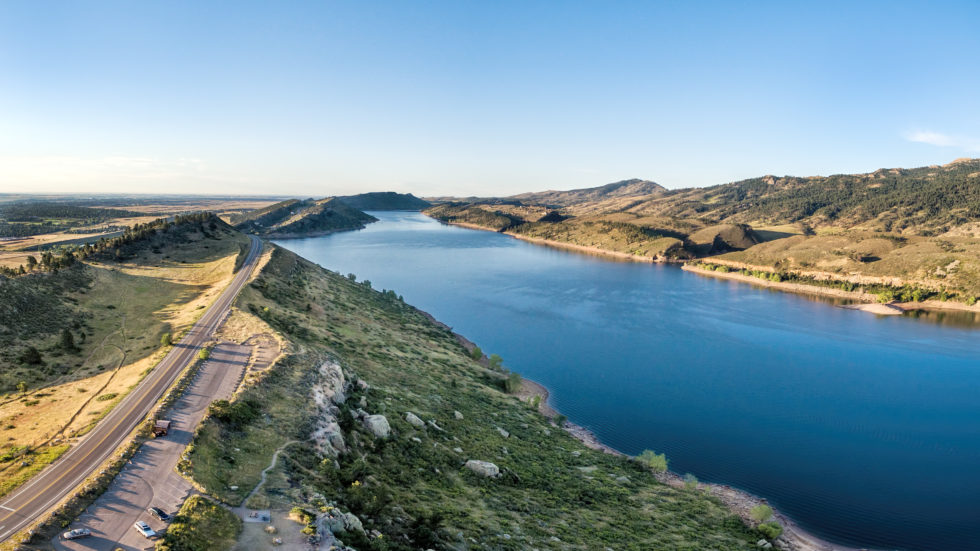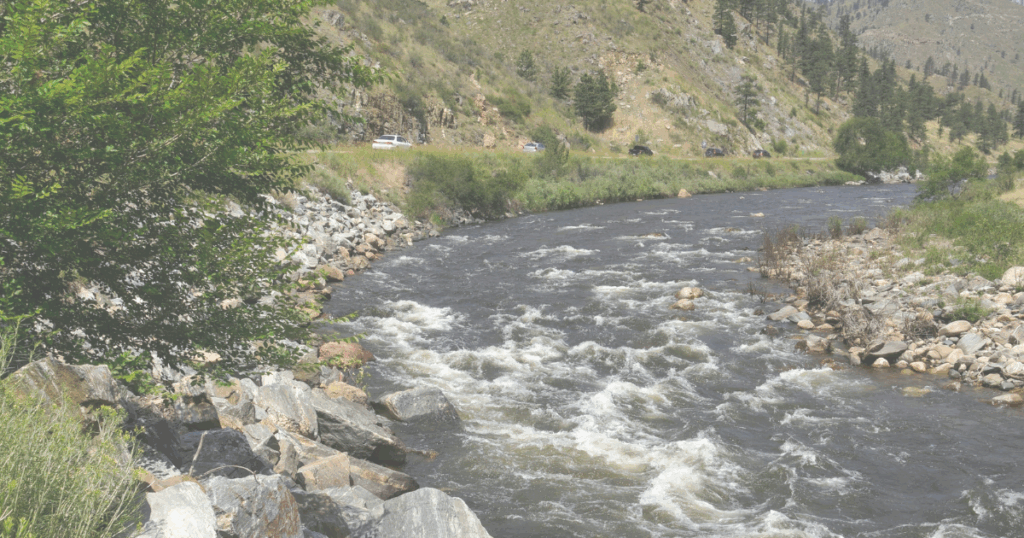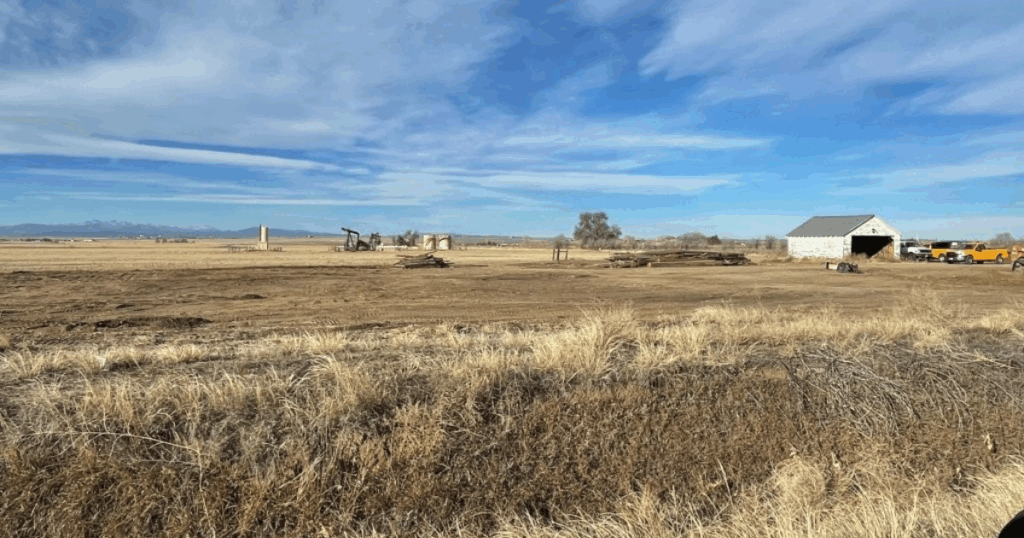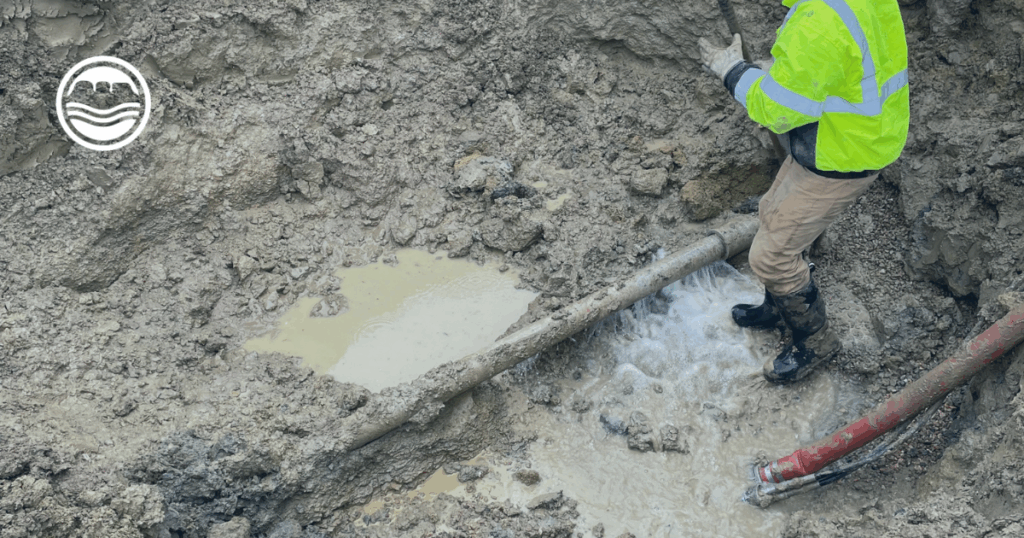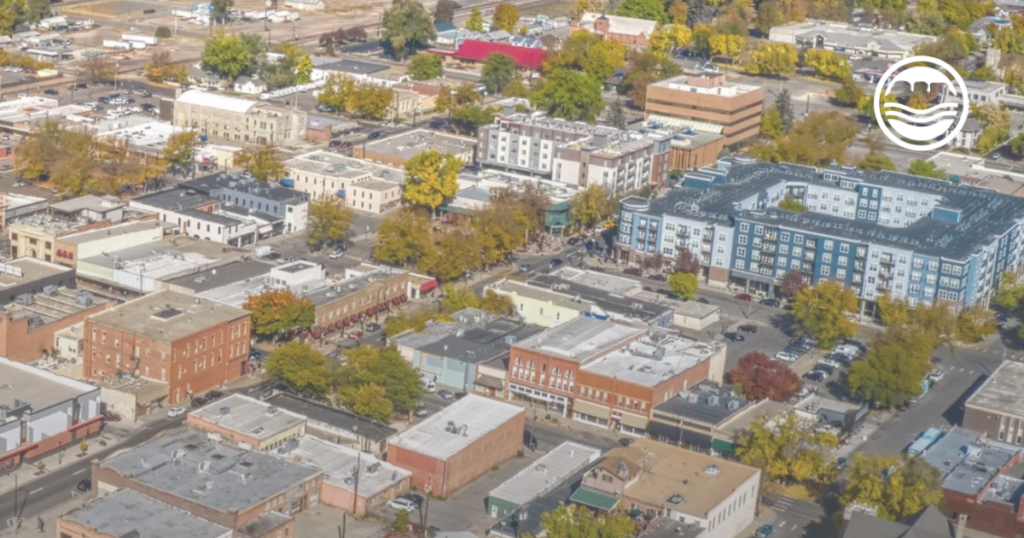Understanding 2021’s Water Quality Report
Summer is here and for a lot of us that means increased outdoor activities such as camping, lounging poolside and picnics at the lake. We are constantly reminded of the importance of staying hydrated during these warmer months, but do you ever stop and wonder where your water comes from? What’s inside the water we consume here in Fort Collins and Loveland – and is it safe?
Since 1961, our goal at the Fort Collins-Loveland Water District has been to provide the community with a safe, dependable supply of drinking water, which is why we develop a yearly Water Quality Report. This report is readily accessible on our website and from the State of Colorado. In this post, we’ll break down that report so it’s reader-friendly and digestible, allowing you to better understand the quality of your drinking water.
Where Does My Water Come From?
A commonly asked question is where our community water actually comes from. If you didn’t already know, the water delivered to FCLWD customers comes from the Soldier Canyon Water Treatment Authority (SCWTA). This water is pulled from the Poudre River and Horsetooth Reservoir and treated at SCWTA before it is delivered via our system to your tap.
Is My Drinking Water Meeting State and Federal Standards?
Throughout 2020, the Fort Collins-Loveland Water District met all state and federal health standards. What does this mean? Your water is safe, drinkable and up-to-par with all regulations and standards. That’s really good news! In fact, we pride ourselves on providing you with the best tasting water in Northern Colorado.
Are There Contaminants in My Drinking Water?
According to the EPA, all drinking water (including bottled water) may contain small amounts of containments. The presence of these contaminants does not necessarily indicate that the water poses a health risk, but we still release this information, so the public is aware.
The following contaminants were found in minimal quantities in our source water from January 1, 2020 to December 31, 2020. The levels of these contaminants are negligible, so the district still meets all health standards put forth by the state.
- Copper
- Lead
- Chlorite
- Total Haloacetic Acids (HAA5)
- Total Trihalomethanes (TTHM)
- Chlorine
- Turbidity
- Barium
- Fluoride
- Nitrate
- Total organic carbon
- Sodium
- Bromochloroacetic acid
- Bromodichloroacetic acid
- Dichloroacetic acid
- Trichloroacetic acid
- Manganese
If you are curious about the specific amount of each contaminant found, please visit the full Water Quality Report.
Where Do Contaminants in My Water Come From?
Now that we know some of the existing contaminants, it is important to understand where they come from. The Colorado Department of Public Health and Environment (CDPHE) has provided FCLWD with a comprehensive Source Water Assessment Report for our water supply. This report is critical for future planning as it provides us with information on how to improve our current water treatment capabilities, as well as prepare for future contamination threats. We can also leverage this data to develop source water protection plans, ensuring quality water is always delivered to your homes—now and in the future.
In terms of potential contaminants in our source water, these may come from the following sources:
- EPA hazardous waste generators
- Commercial/industrial/transportation
- Low density residential
- Urban recreational grasses
- Row crops
- Fallow
- Pasture/hay
- Mixed forest
- Oil/gas wells
- Solid waste sites
- Deciduous forest and/or evergreen forests
- Septic systems
- Road miles
- EPA chemical inventory/storage sites
- EPA toxic release inventory sites
- Permitted wastewater discharge sites
- Leaking storage tank sites and/or existing/abandoned mine sites
It is important to know that these are simply places where contamination COULD occur, but it does not mean that the contamination will or has happened.
We believe the most important factor is that the FCLWD continues to provide high-quality water to all of its users. This means you can hydrate from your tap with ease, knowing there are no high levels of contaminants. In fact, the water that comes out of your tap from FCLWD is as good as or better than what you buy bottled in the grocery store (and a whole lot cheaper too)!
 Skip to content
Skip to content
